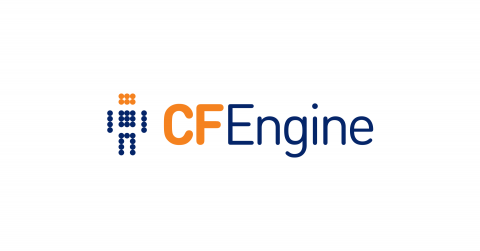Visualize relationships across your on-premise network with the Device Topology Map
Network engineers need clear visibility into the relationships and dependencies of their network devices so they can quickly troubleshoot when issues arise. But when dealing with the potentially thousands of devices that comprise a modern enterprise network, engineers often need to navigate a complex web of interconnected signals in order to trace the sources and consequences of poor network performance.











